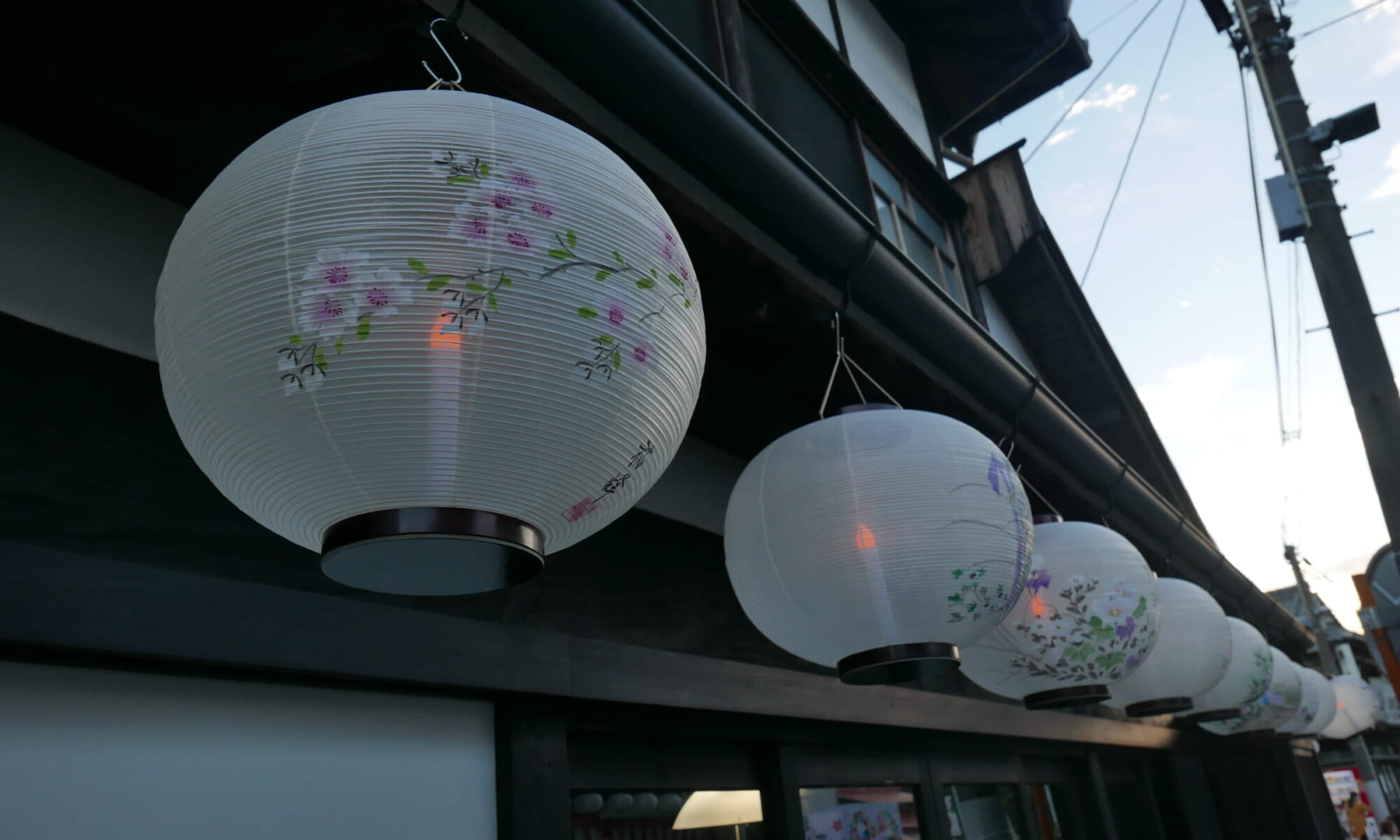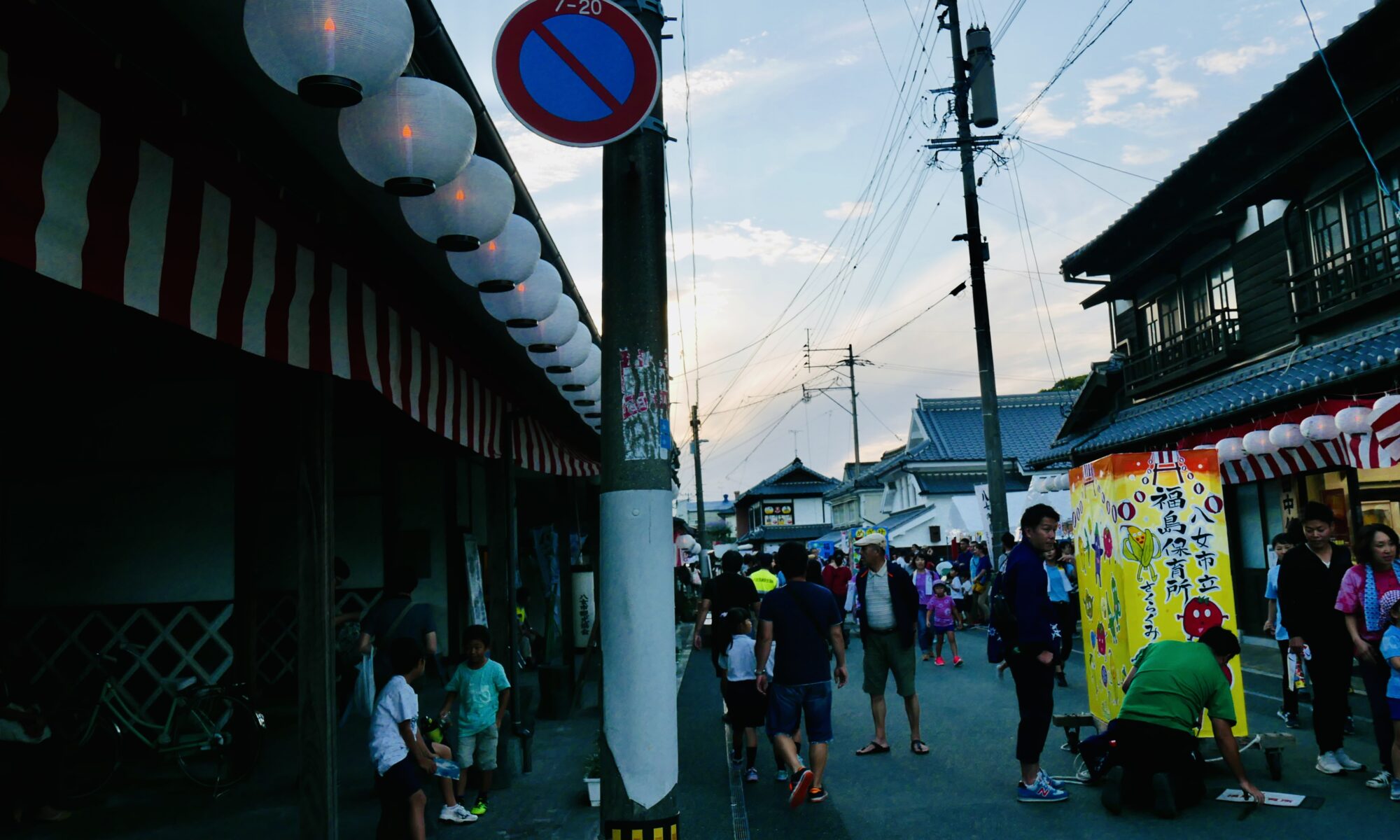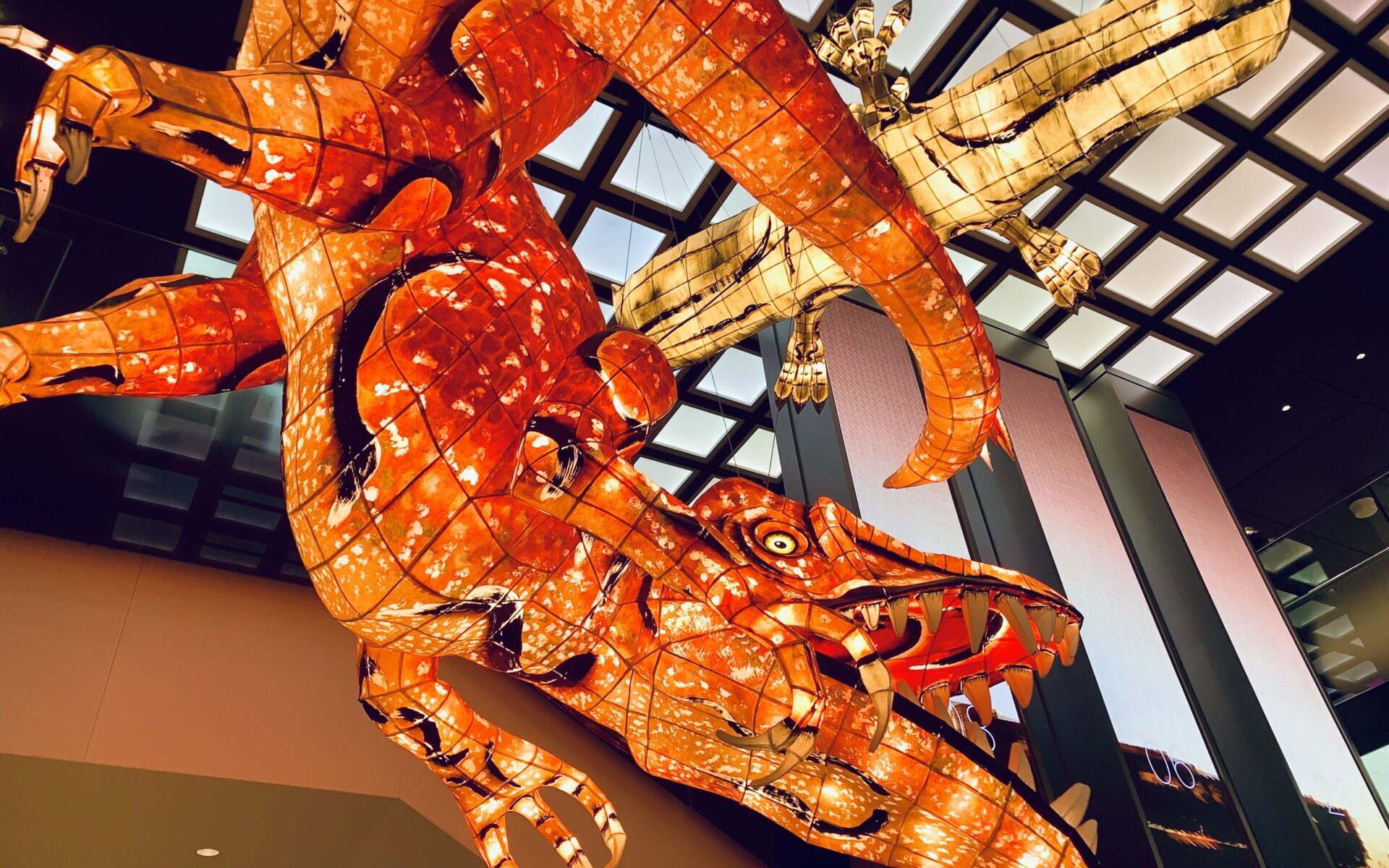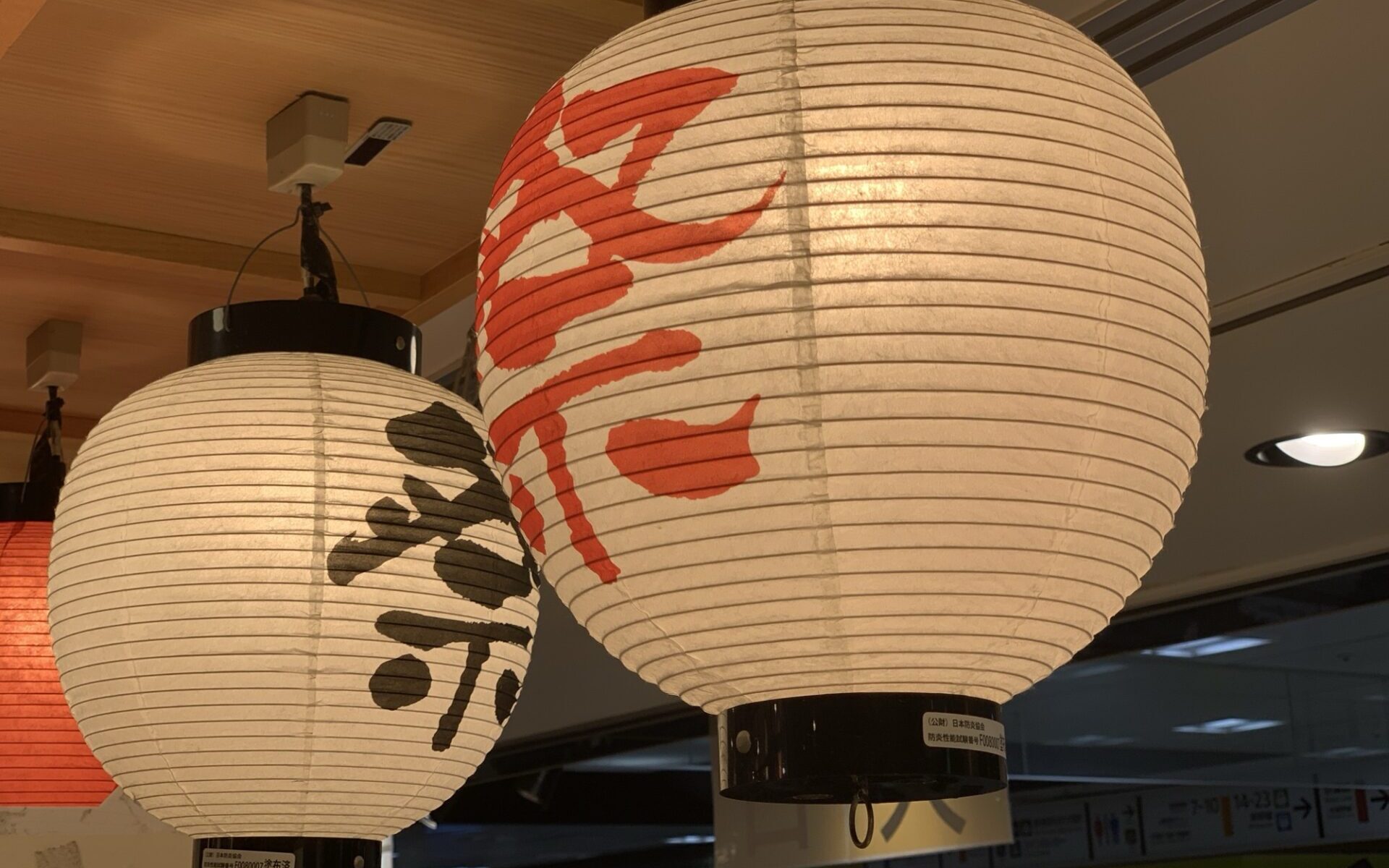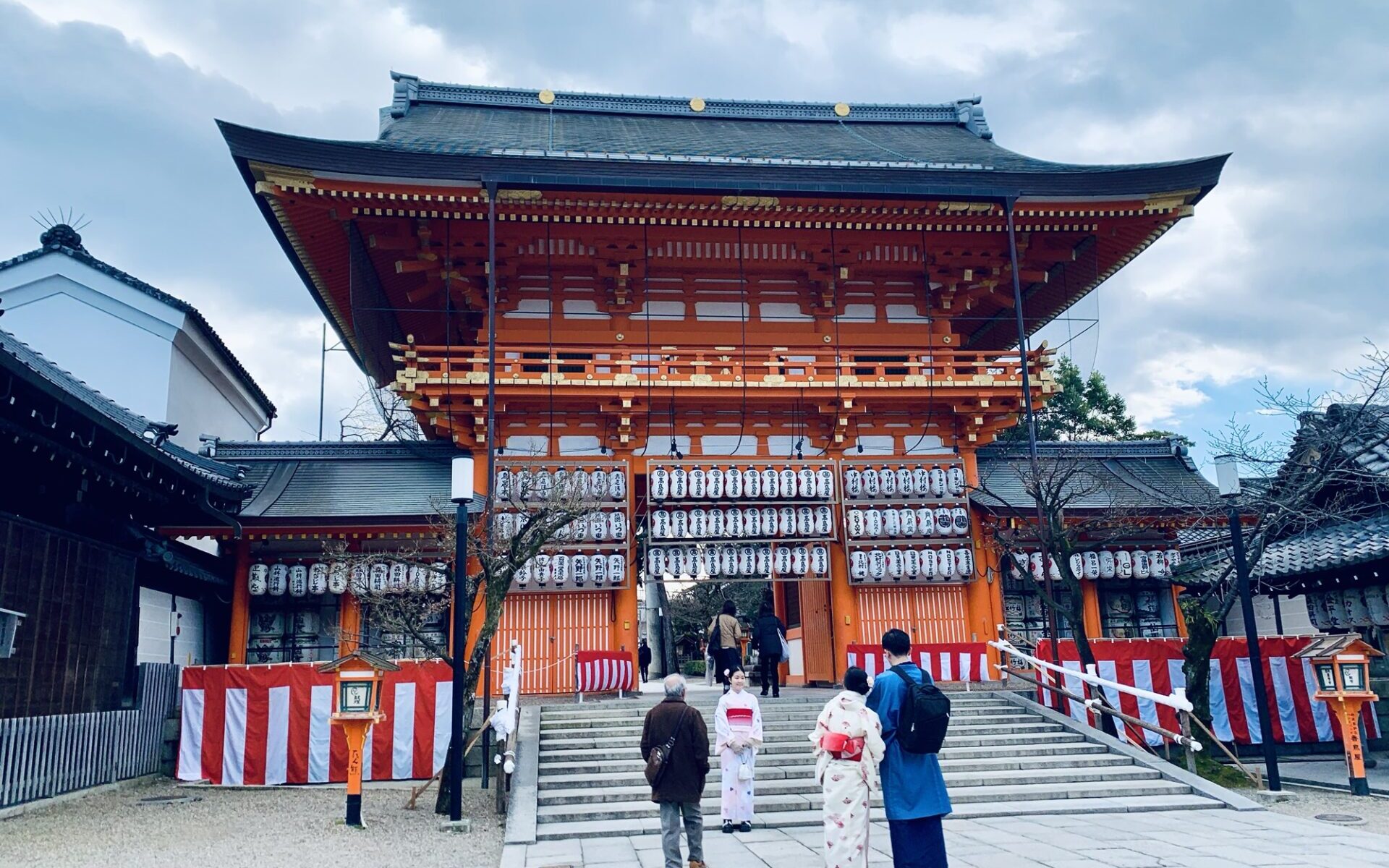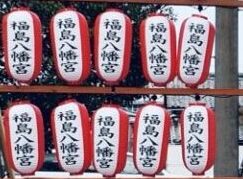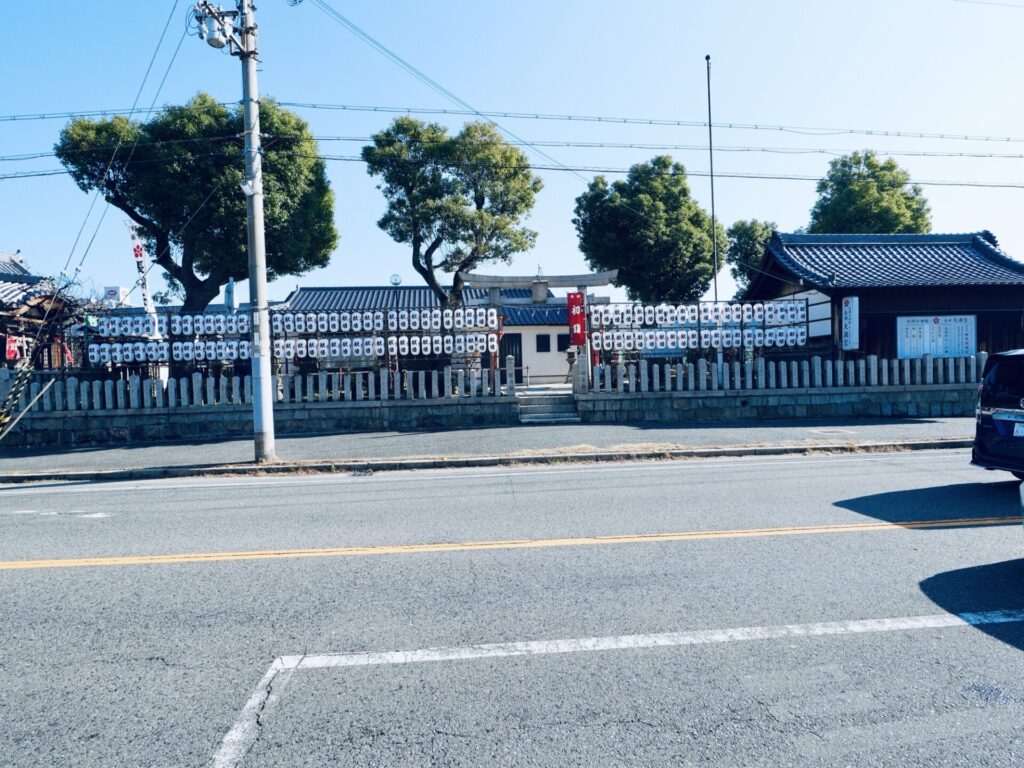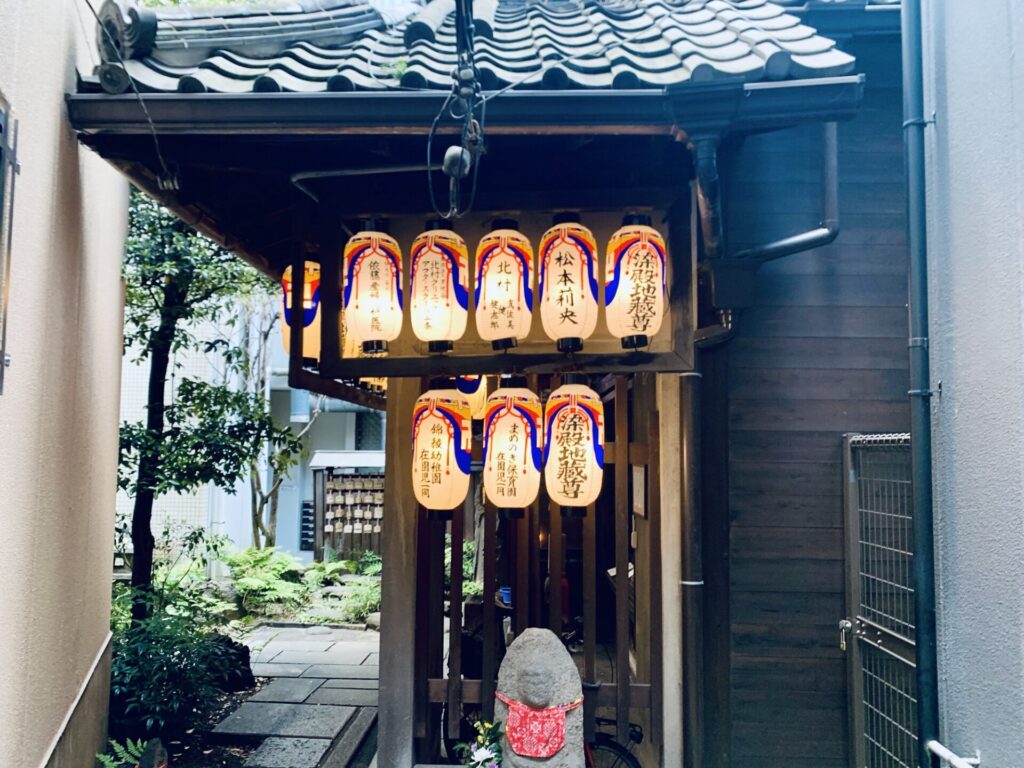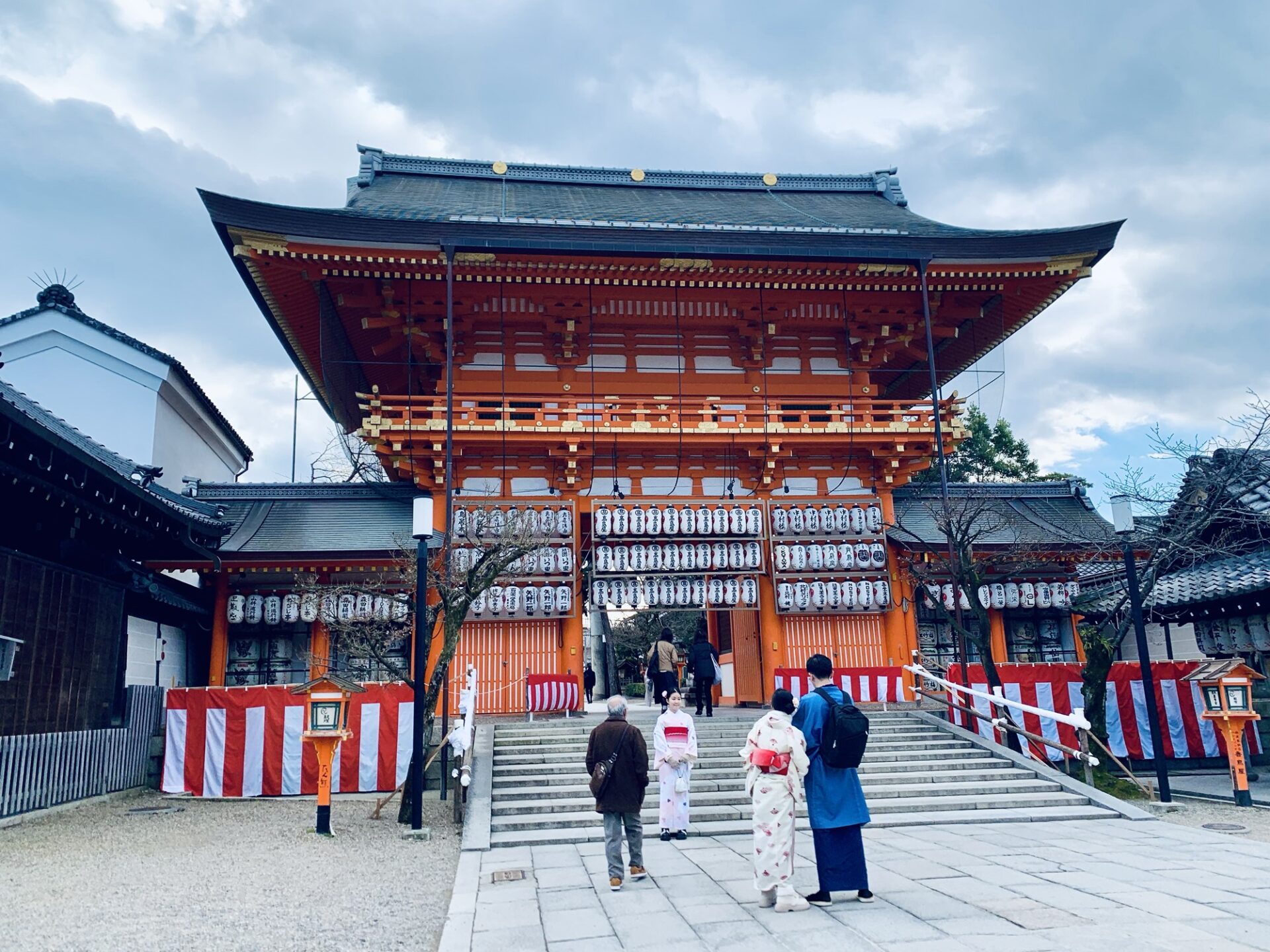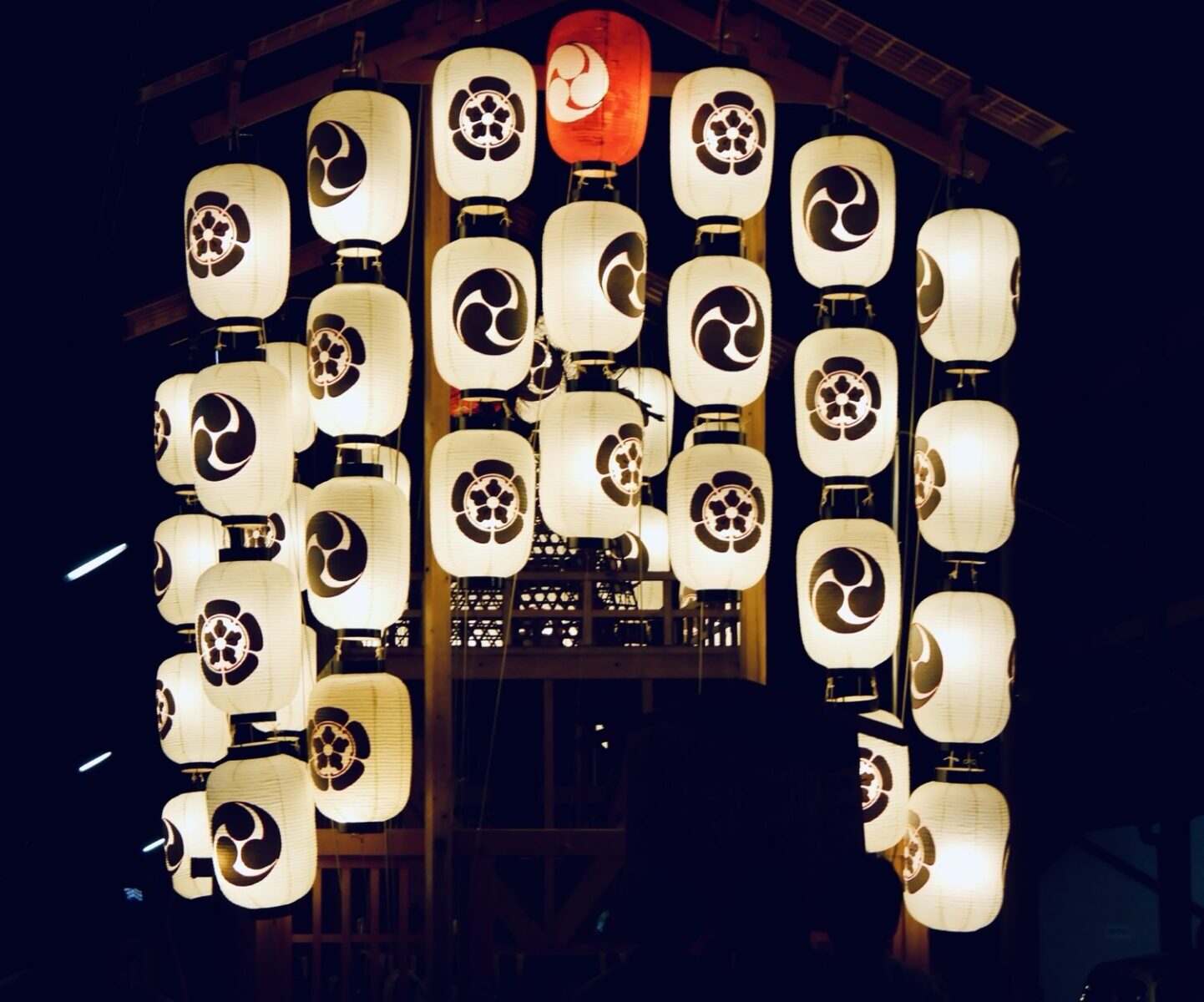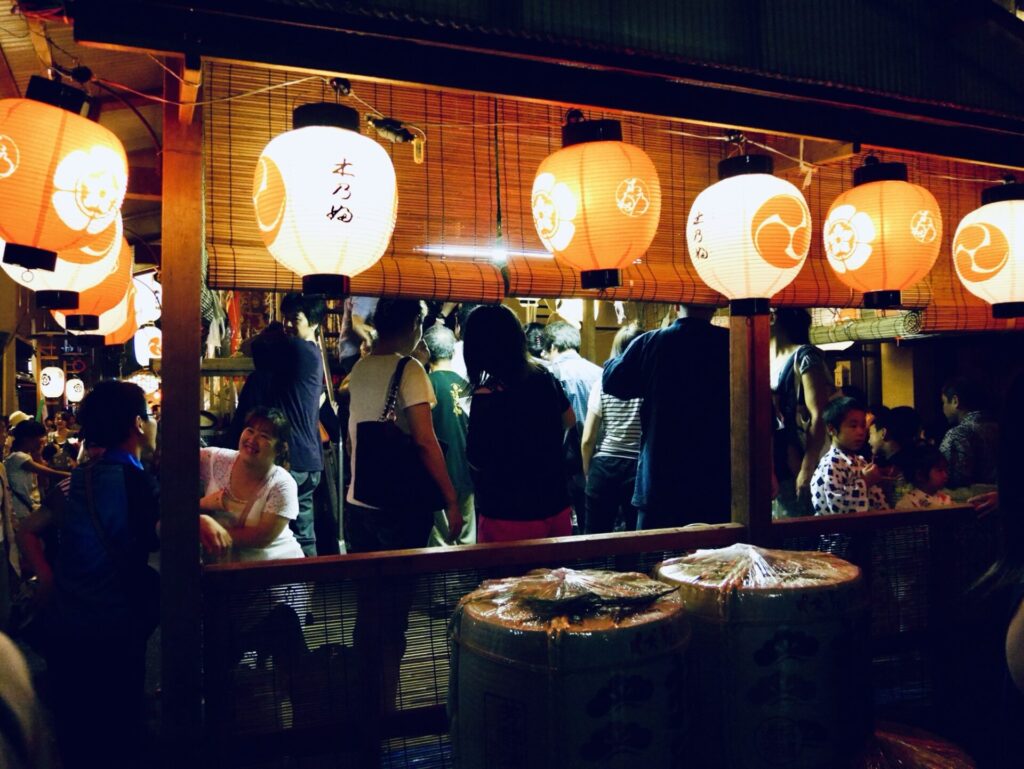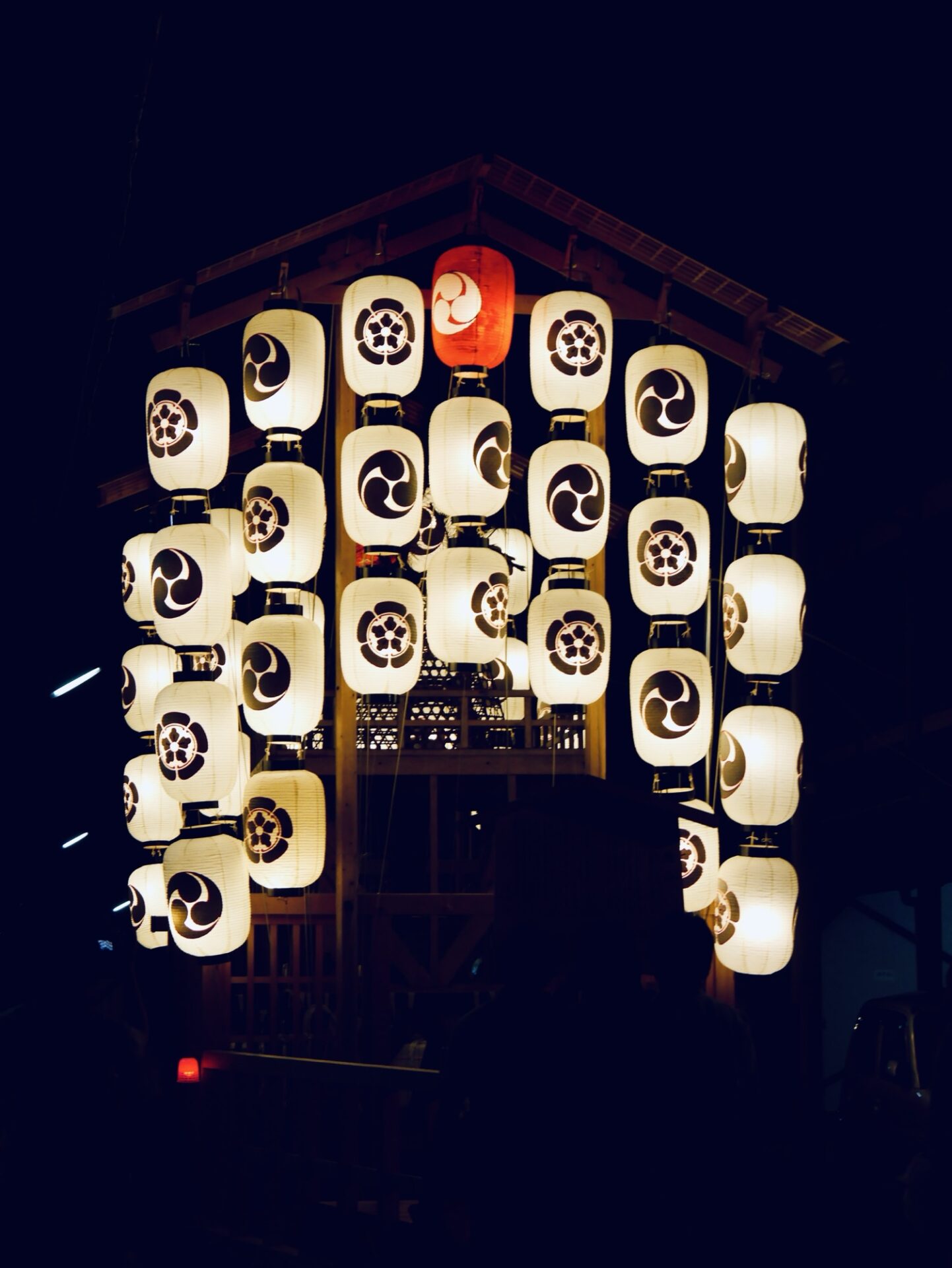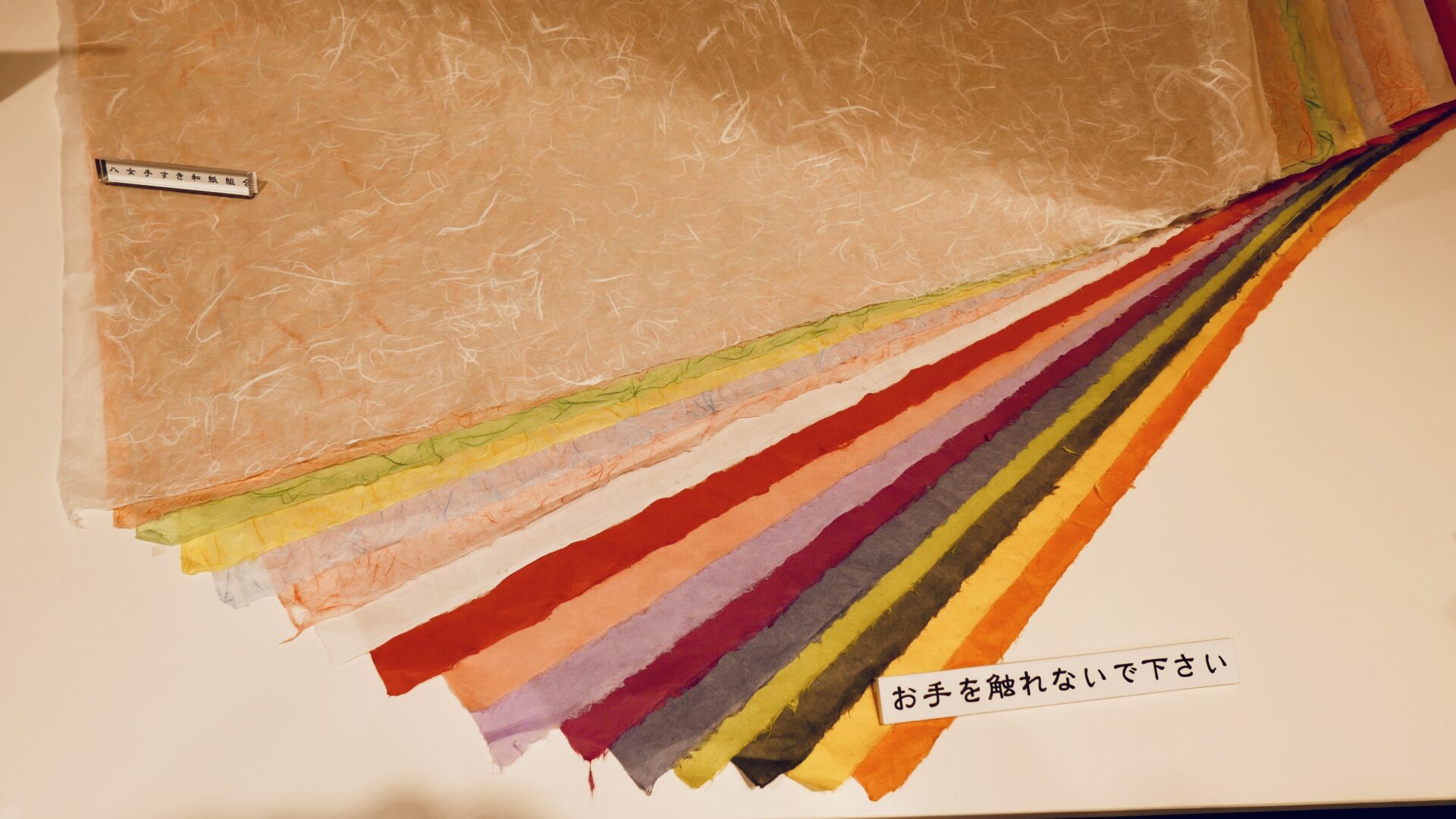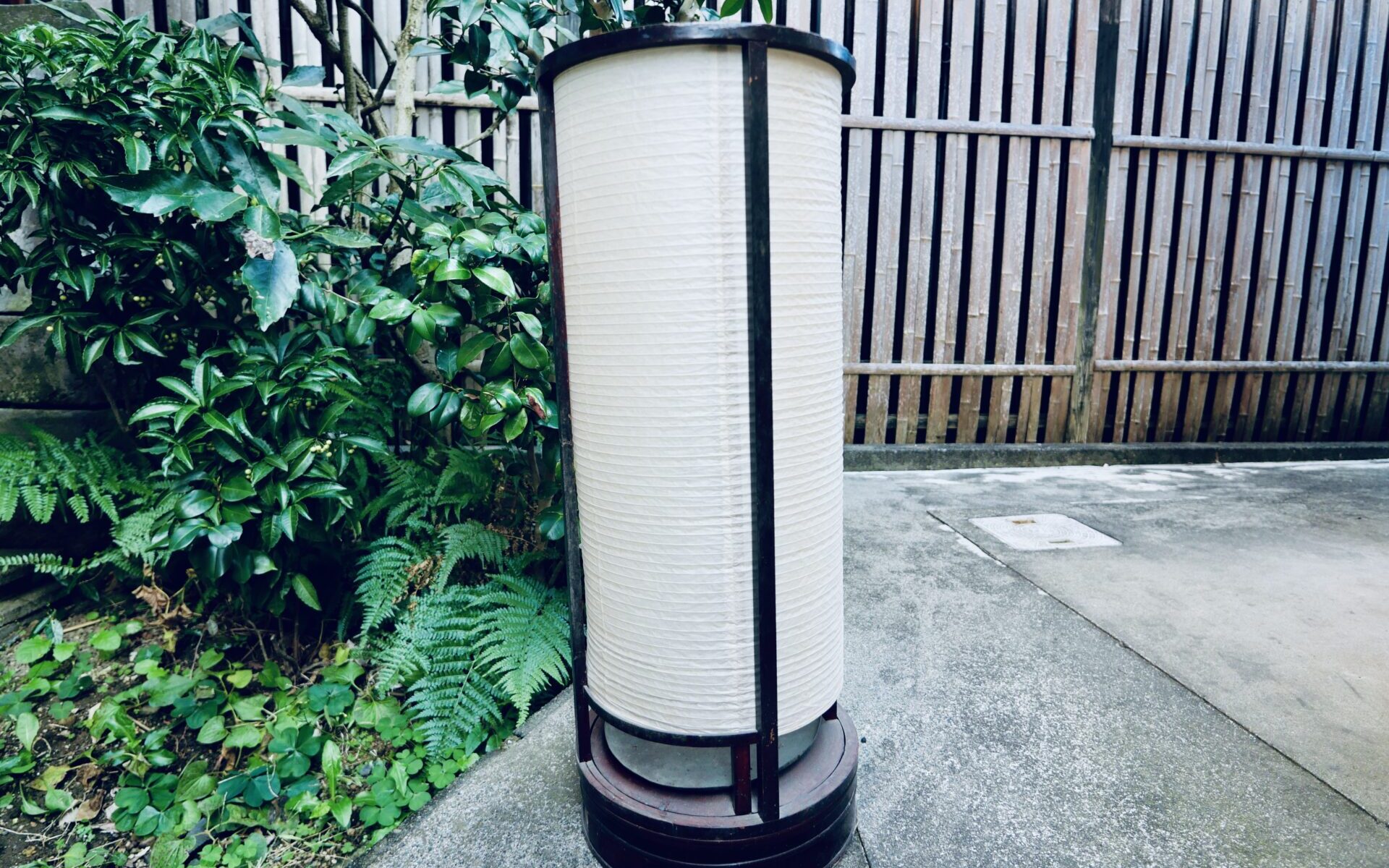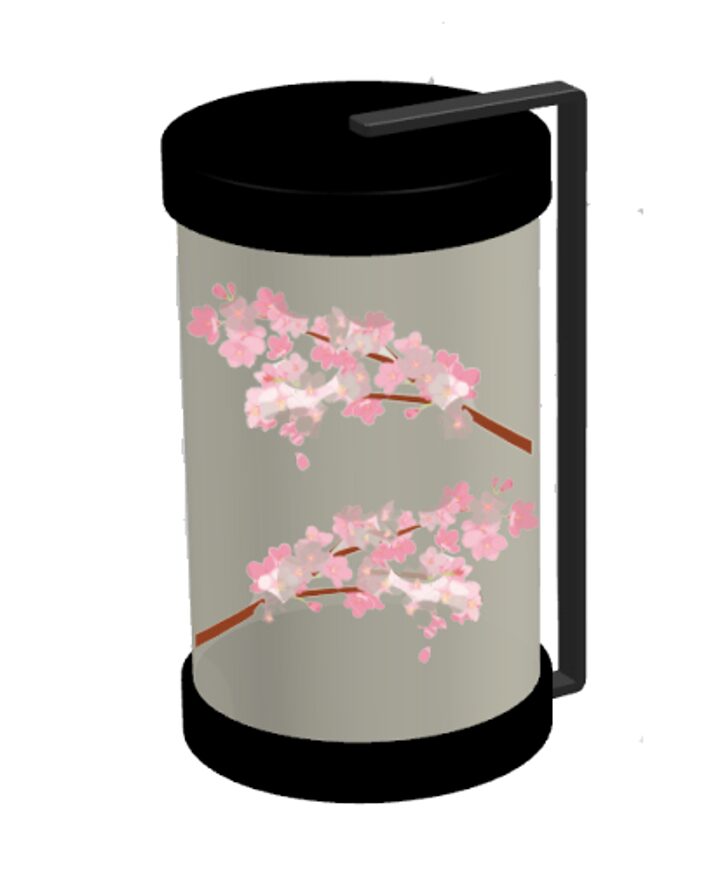A Fusion of Tradition and Charm
Yame City is renowned for its rich cultural heritage and traditional crafts, with the Yame Lantern Festival standing out as a pivotal event that encapsulates the local traditions and culture.
Yame Festival
The “Yame Festival” (formerly known as Akari to Chappompon) takes place over three days, including the Autumn Equinox, in Fukushima town, Yame City. During this period, diverse events such as the “Yame Fukushima Lantern Doll Performance,” “Machiya Festival,” and “Evening Market” enchant visitors. The lantern doll performance, with a history of over 280 years, is a significant traditional art of Yame and a nationally designated Important Intangible Folk Cultural Property.
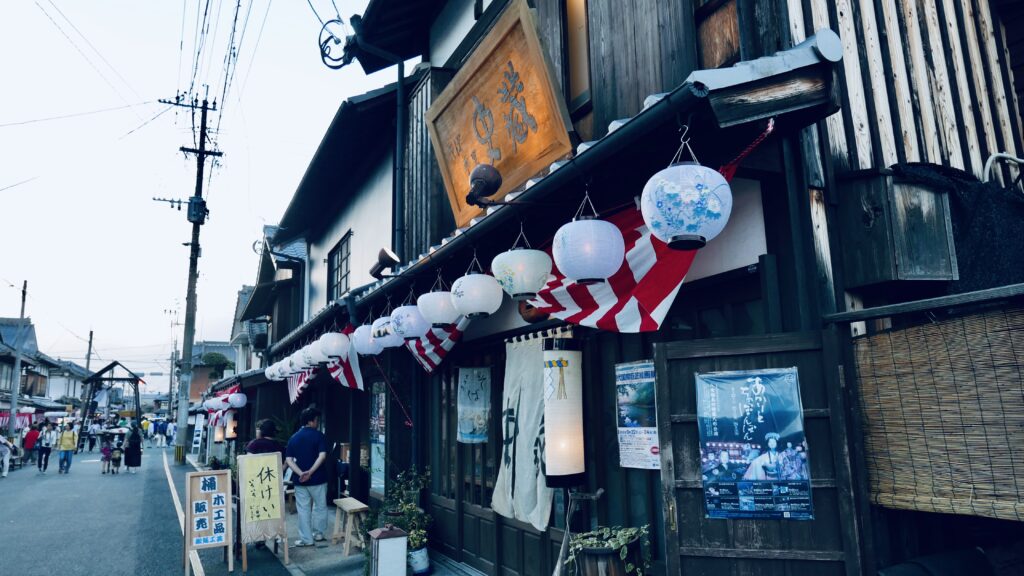
Tradition of Yame Lanterns
With a history spanning about 200 years, Yame lanterns are crafted using local bamboo and washi paper. Known for their delicate beauty and intricate design, Yame lanterns are cherished as a traditional craft of the city.
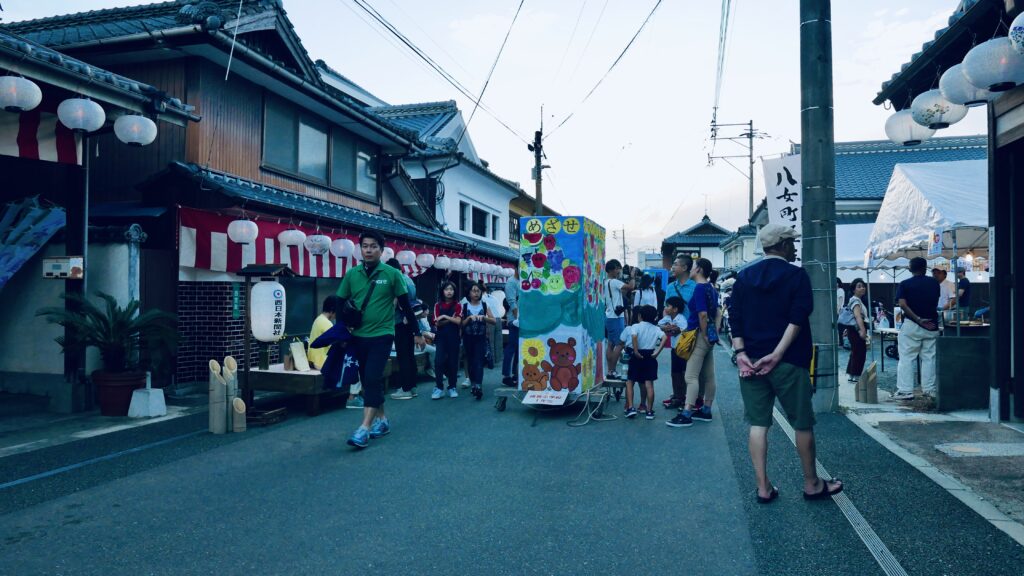
Festival Highlights
The Yame Festival features programs where visitors can experience traditional culture, such as performances of Japanese drums, making handmade incense, and painting chopsticks, all under the glow of lantern-lit nostalgic streetscapes. The “Evening Market” offers local sake, gourmet food, crafts, and workshops, with special perks for visitors wearing yukata.
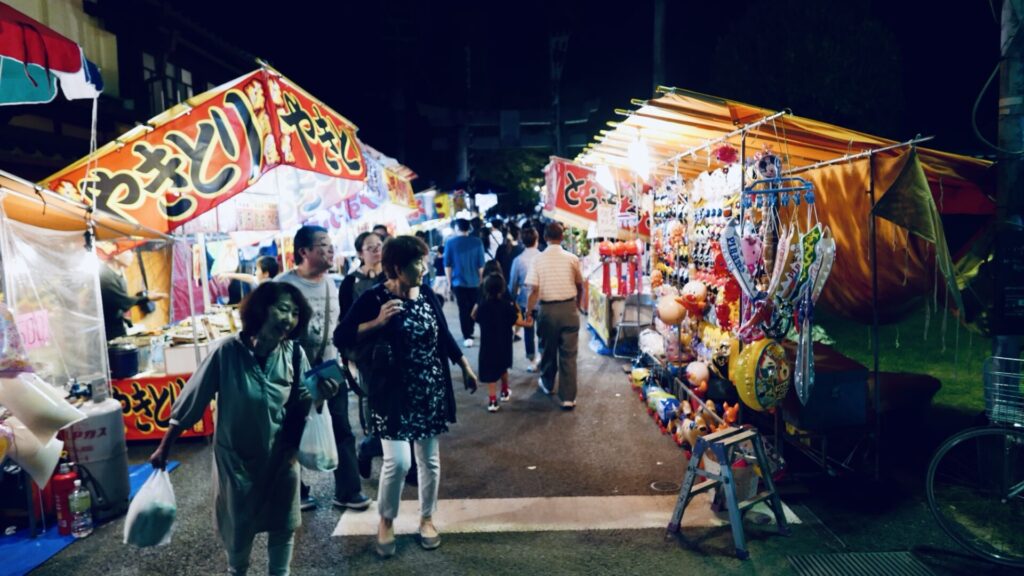
Conclusion
The Yame Lantern Festival serves as a vital conduit for conveying the region’s historical and cultural heritage to the present day. It provides an unforgettable experience for visitors, allowing them to connect with the local crafts, culture, and warmth of the people.
